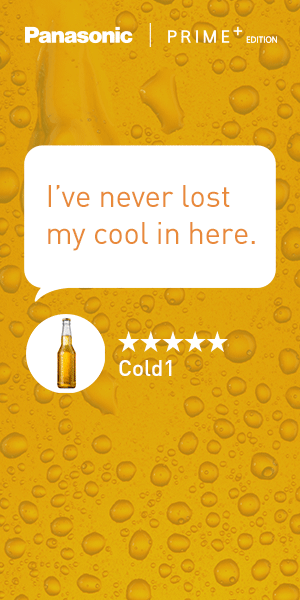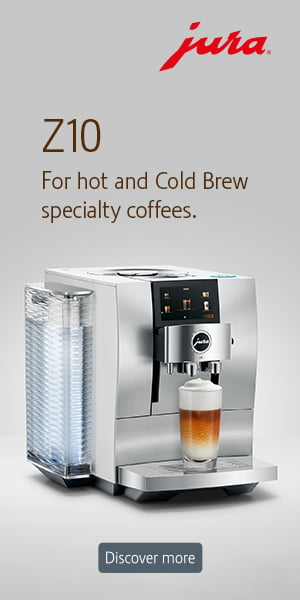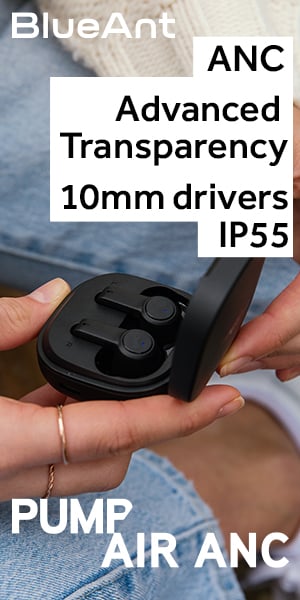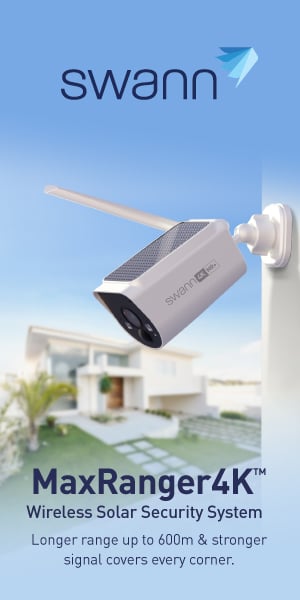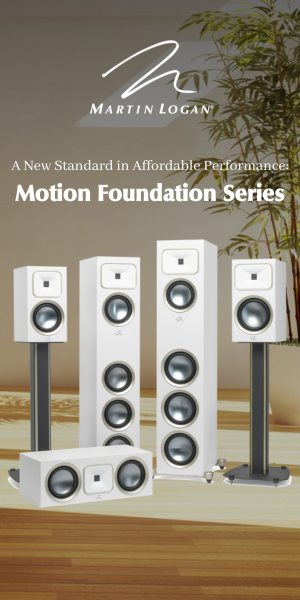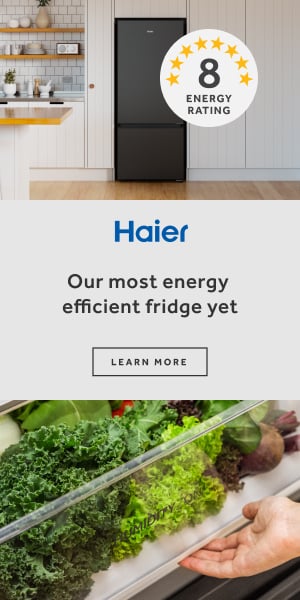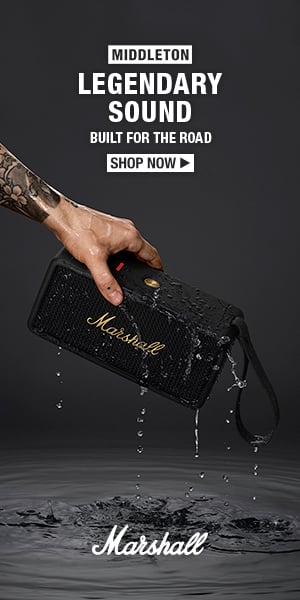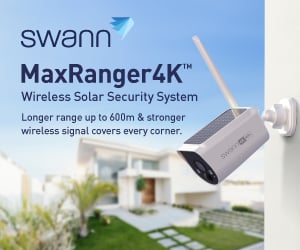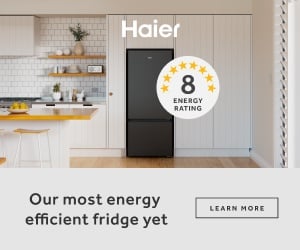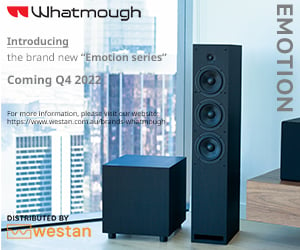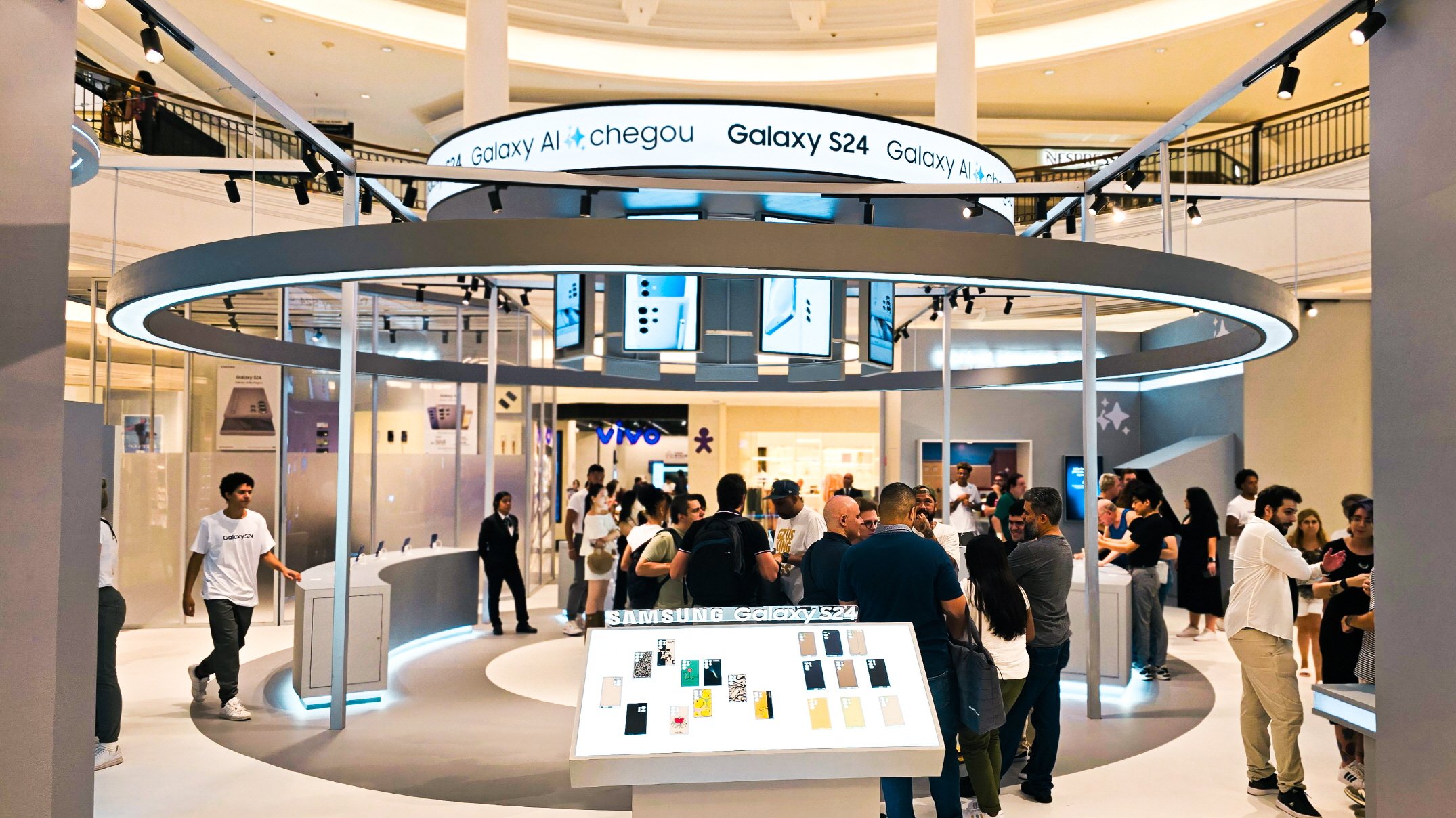Dyson, the English tech company known for its extraordinarily innovative air-based technology – vacuum cleaners, hair dryers, hand dryers, fans, heaters – has given its air purifier a mighty update.
The name isn’t pretty but there’s a very good reason for it.
Launching in Australia in May, the new Formaldehyde range features a sealed HEPA 13 standard filtration system that can remove 99.95 per cent of particles as small as 0.1 microns (utterly miniscule; invisible to the naked eye).
What sets this purifier apart from the rest in the market is formaldehyde-sensing technology that detects, filters and destroys the chemical. Formaldehyde is a toxin found in all kinds of common objects and materials found in most homes. Even traces of the stuff can cause and exacerbate asthma-like respiratory problems and skin irritation such as dermatitis and itching.
If the past year has taught us anything (ok, it’s taught us a LOT), it’s that we are what we breathe, our lungs are a gateway to our overall health, and airborne contamination happens.
Recent years’ figures from the Australian Bureau of Statistics show 11 per cent of Australia’s population to be asthma sufferers, with this to be on the rise.
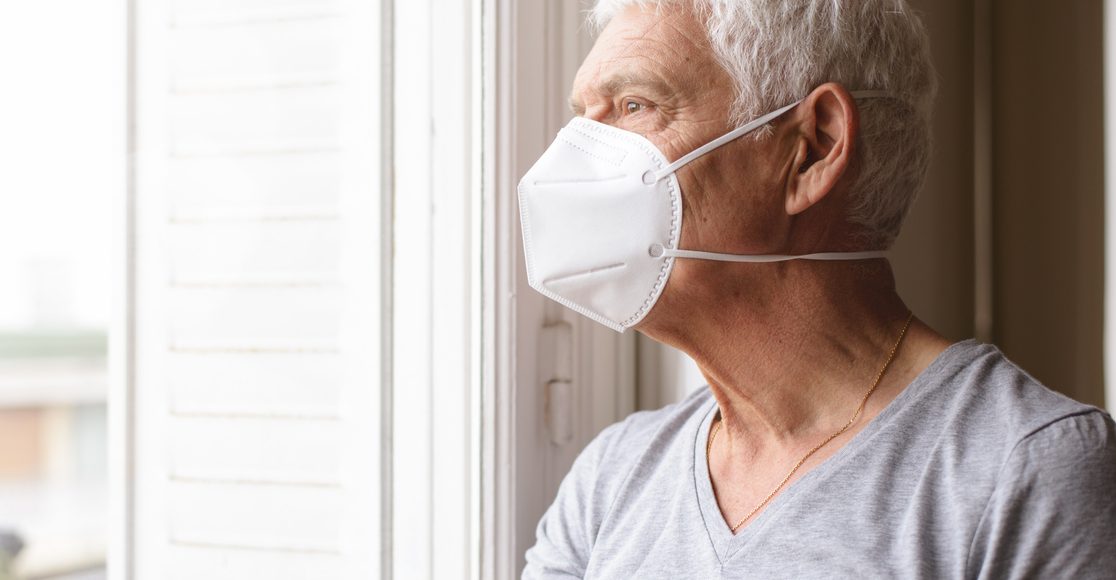
Dyson says indoor air is five times more polluted than outdoor air, and the brand saw a spiked interest in air purifiers in Australia as a result of the 2019-20 bushfires causing bad air quality.
Its latest batch of air purifiers can detect volatile organic compounds (VOCs), dangerous gases and particulate matter such as dust, pollen, soot and smoke.
The company says that where the negative effects on health are concerned, formaldehyde is a more pressing issue than other pollutants and needs special treatment. New buildings can emit it for a long time.
A colourless gas pollutant, it’s released into the air by man-made items like furniture, paint, varnishes and household cleaning products, as well as natural sources such as bushfires. It’s even used as a preservative in beauty products.
Formaldehyde exposure at low levels commonly found in homes can also cause “itchy, sore or burning sensations,” according to the South Australian health department. High level exposure can have “major toxic effects”, causing “coughing, wheezing, chest pains and bronchitis”.
Not only that; the chemical is officially classified as a carcinogen by the International Agency for Research on Cancer.

“The off-gassing tendency of formaldehyde means that it can go undetected in a home for years,” said Alex Knox, Vice President of Environmental Care at Dyson.
In Dyson’s newest models, there are high pressure seals at 24 points that stop untreated air from bypassing the filters and carrying pollutants back into the room. The company says these models are 20 per cent quieter than its previous purifiers.
There’s a remote control included with the new purifiers, along with timer settings for sleep mode. You can also voice-control the purifier using Google, Amazon and Apple personal assistants.
Dyson Purifier Hot and Cold Formaldehyde and Dyson HEPA Cool Formaldehyde are available from dyson.com.au and major electronics retailers from 27 May 2021.


















